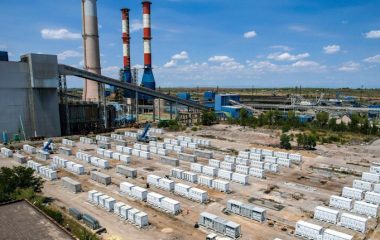
A study by Ista Romania, a company specialized in providing individual metering systems, shows that residents with heat allocators in their homes saved over EUR 17 million, Business Review’s website reported. Calculations were based on data from heating agent distributor Radet Bucharest, measured between October 2014 and April 2015. The cost is 31.4% lower than the ones of unmetered apartments, the article said. According to Ista Romania, if all apartments in Bucharest would have heat allocators, savings would be at least EUR 36.2 million.
Although the law requires thermal meters to be installed by December 2016, only 47 percent of households in Romania’s capital have them. Allocators can be amortized in approximately two heating seasons,” said Marian Sisu, head of Ista Romania. Romania has one of the lowest levels of metering in Europe, only 41%, Business Review reported. Over 1.3 million apartments are connected to central heating.

















